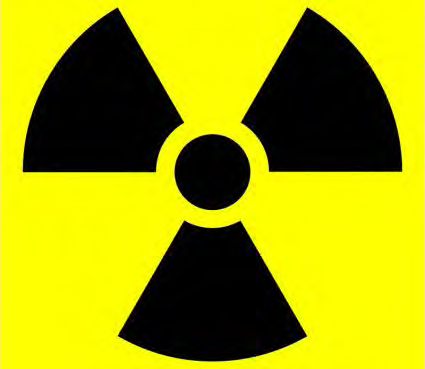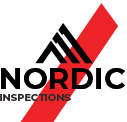Radon is a naturally occurring radioactive gas. It is produced by the breakdown (radioactive decay) of uranium in rock and soil. Even though it sounds like science fiction, radon is very real and very present in our area. High radon levels can be mitigated. Knowing about the problem is your first step to living in a healthy home. Basements are typically the main area where we find radon gas, but it is not limited to homes with basements.


We have detected radon in homes with full basements, half basements and even slab on grade. Radon can enter the home anywhere the ground is in contact with your foundation. Radon has a short half-life of 3.8 days, but it is constantly being regenerated and will continue to enter the home. The EPA recommends radon levels of 4.0 picocuries or less, while the World Health Organization (WHO) recommends 2.7 picocuries. Of the 180 radon tests Nordic Companies completed in our area in 2017, 60% were over 4.0 pCi/L. According to the EPA, homes should be tested every two years. Colorless and odorless, you can’t smell or taste radon, it doesn’t cause you to cough, wheeze or be tired. The only thing it does is greatly increase your chances for lung cancer. The EPA and Surgeon General’s office have estimated that radon is the second leading cause of



lung cancer, with as many as 20,000 lung cancer deaths attributed to the gas annually. There are many variables that can affect a home’s radon reading including seasons, wet or dry weather conditions or wind. Having your home properly tested by a certified professional is important to getting accurate results. Many counties offer at-home kits you can perform yourself, or you can hire a professional to do the testing and explain the test’s

findings. Whatever way you want to go, the important thing is to have your home tested and understand your reading. A home with high radon present can be mitigated with a Radon Reduction System. Here, the system commonly works with your home’s already installed sump pump pit. The system will seal your sump pit, and a fan is installed to draw the radon gas out of your home’s perimeter, before it even enters the home. The gas is then vented

outside where it combines with fresh air, reducing it to safe levels. The system can be installed directly through the basement slab if no sump pump pit is present. Costs for a Radon Reduction System average from $1,200-$3,000, depending on what structure is currently in place.
At Nordic Home Inspection, we’ve tested over 1,500 homes in our area. We love knowing we’ve helped create healthy families within our community!


